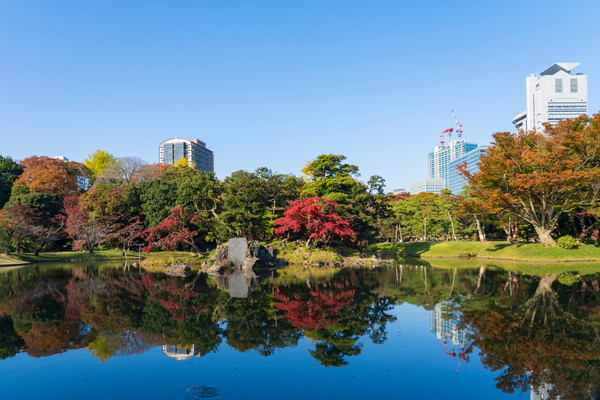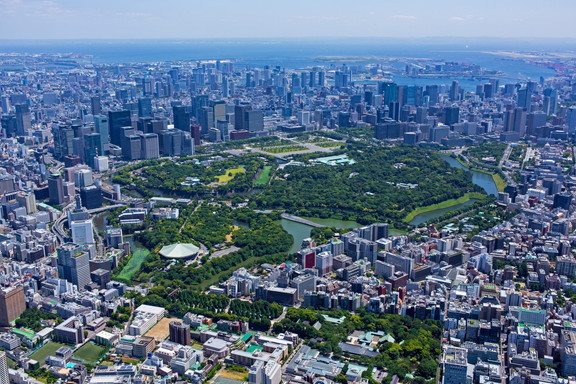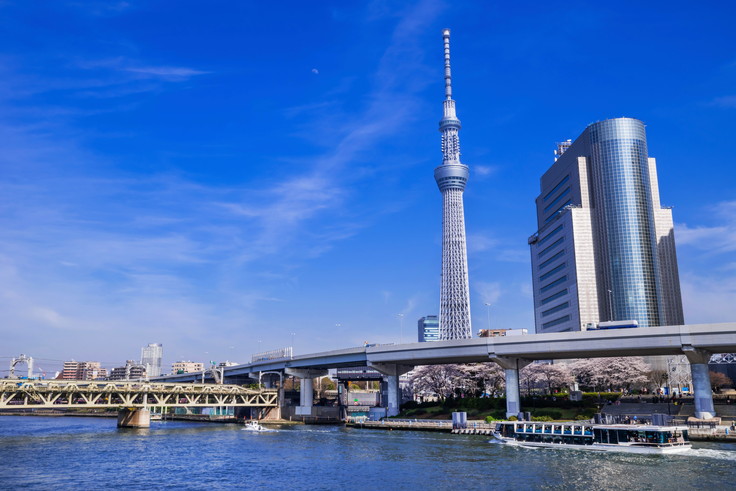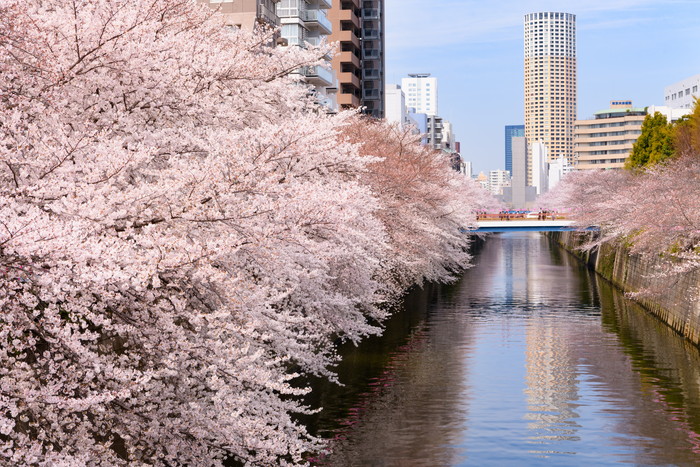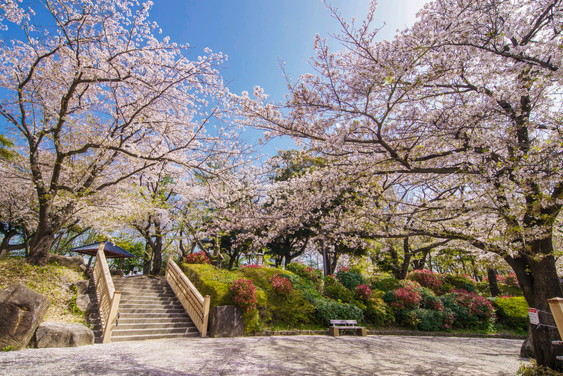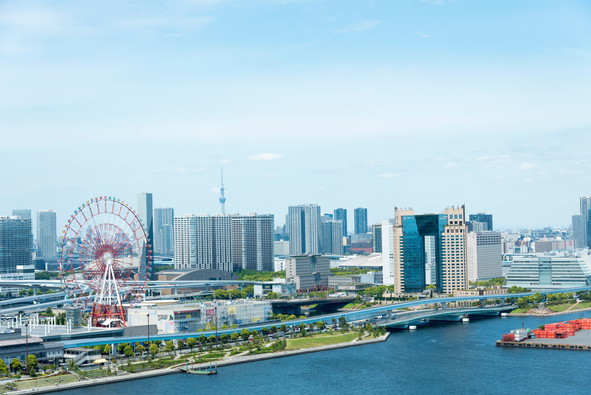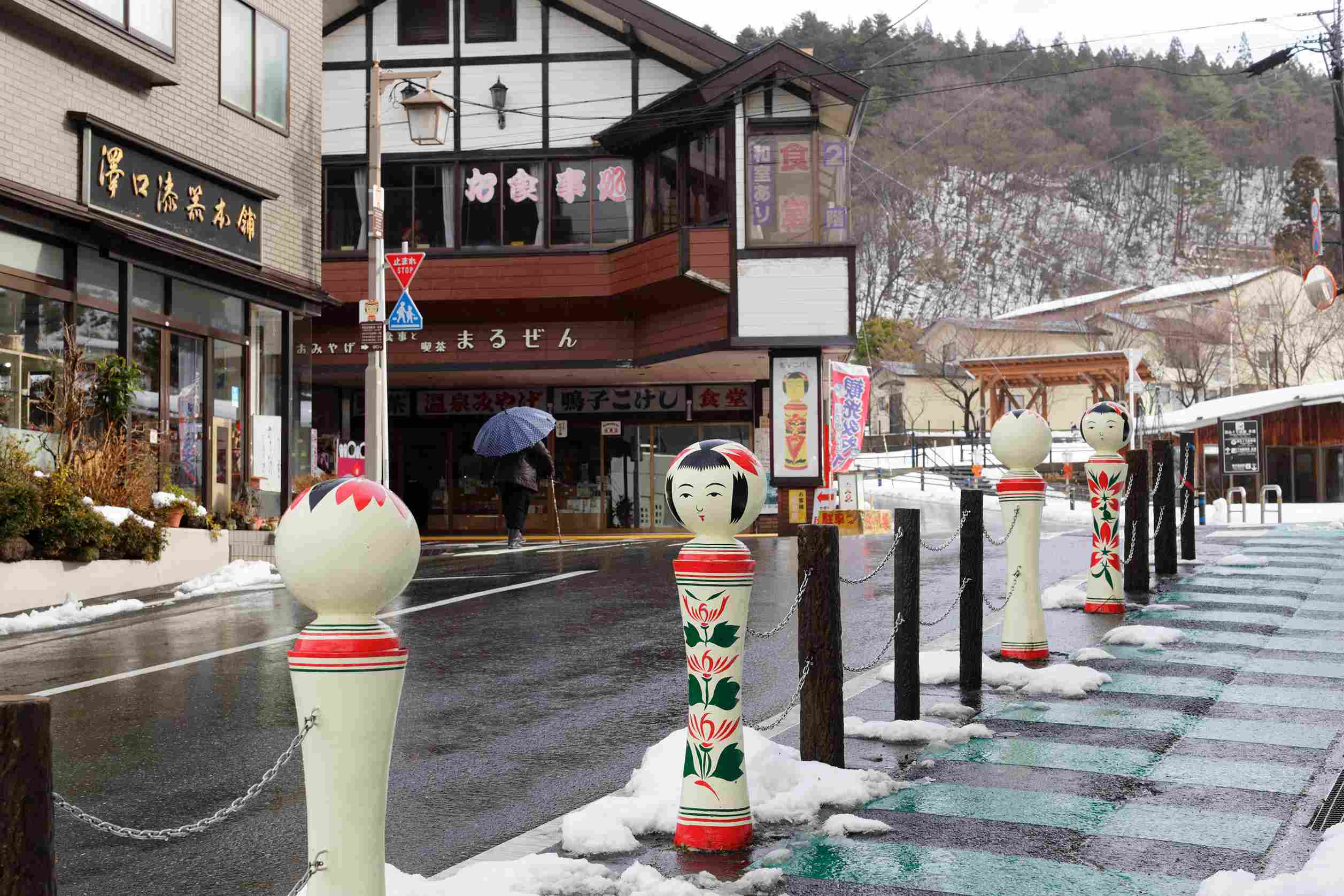This area, comprising four of Tokyo's 23 wards - Bunkyo, Toshima, Kita and Itabashi - is called the 'Johoku area' because it is located to the north of the former Edo Castle (now the Imperial Palace). The area once had various origins, such as being lined with samurai residences, a farming village and an old inn town(a post town), but now, thanks to the branding strategies of each ward and the development of the transport network, the Johoku area as a whole has become a popular residential area for families and is continuing to develop.
Bunkyo Ward
Bunkyo Ward has a reputation as a city of learning. The presence of many educational institutions means that the area attracts not only boarding students but also many families with a passion for education. While residential areas such as Nezu, Gokokuji and Hongo make up the majority of the area, it also has a rich landscape with historical buildings such as Hatoyama Kaikan, gardens such as Chinzanso and Koishikawa Korakuen, and historic temples and shrines such as Nezu Shrine and Yushima Tenmangu Shrine.
Toshima Ward
Toshima Ward has a variety of residential areas, including Ikebukuro, one of Tokyo's representative sub-centers, Sugamo, known as Grandma's Harajuku, and Mejiro, a high-class residential area. The ward is densely populated and has one of the highest population densities in Japan, and is well served by JR and private railways, making it easily accessible not only from the city center but also from other prefectures such as Saitama and Kanagawa.
Kita Ward
Kita Ward is famous for Asukayama, the place associated with Shibusawa Eiichi, who will be the face of the new 10,000 yen note from 2024.
It is also characterised by the large number of JR stations, with 11 stations, the largest number in the 23 wards. Oji, Akabane and Tabata Stations, in particular, have developed as terminal stations with connections to multiple lines, and are used by many passengers day and night. Asukayama Park is a representative of the many cherry blossom viewing spots in the area, and perhaps because of its comfortable living environment, it has the largest elderly population in the 23 wards.
Itabashi Ward
Itabashi Ward has many residential areas, including new residential areas such as Takashimadaira Danchi, the largest high-rise residential complex in Tokyo, and Tokiwadai, a traditional upmarket residential area. The transport system is remarkably developed, with four lines - JR Saikyo Line, Tobu Tojo Line, Toei Subway Mita Line and Tokyo Metro Yurakucho Line and Fukutoshin Line - providing convenient access to the city center and sub-town centers. The area is also undergoing redevelopment around the main stations and further development is expected.


